

|
|
|


|
|
1/10 Scale Electric Rally/Touring Car:
Thunder-Tiger Sparrowhawk DX II (Silver) - Nissan GT-R R35 - TTR 6576-F* - Radio Controlled ModelHistory and Info:
Introduced by Thunder Tiger in 2011, the Nissan GT-R R35 - TTR 6576-F075 - based on the Sparrowhawk DX II Drift Car Chassis, developed as for intermediate racers, came factory assembled RTR, with a pre-painted Silver lexan polycarbonate Bodyshell, a 3900Kv Brushless Motor, ACE R/C BLC-40C Forward / Reverse ESC, 2.4Ghz Radio System, LED Light System and Chrome Wheels with Slick Drift Tires. A Battery and Charger to be purchased separately.
▼ Scroll Down for More Images ▼
|








|
|
|

★ Thunder Tiger Sparrowhawk DX II Chassis ★
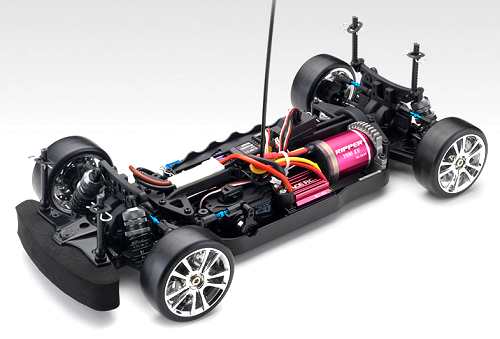
★ Thunder Tiger Sparrowhawk DX II Chassis ★
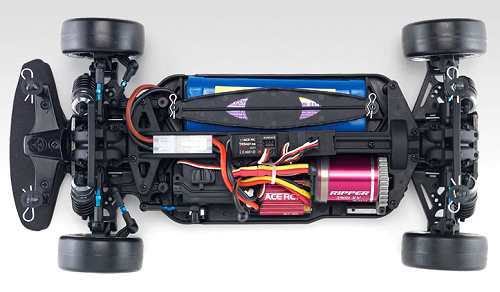
★ Thunder Tiger Sparrowhawk DX II Chassis ★
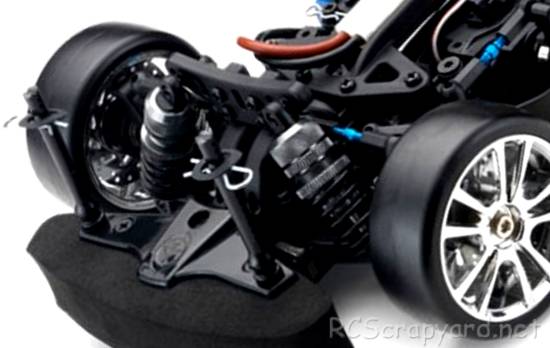
★ Thunder Tiger Sparrowhawk DX II Chassis ★
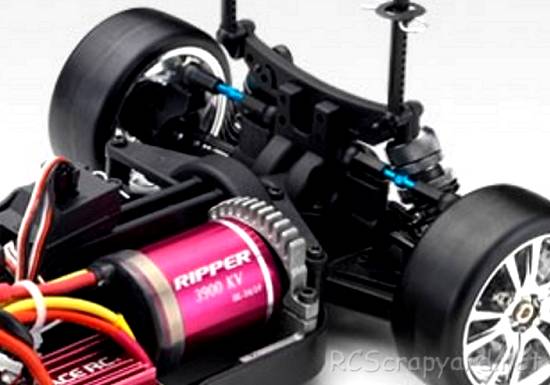
★ Thunder Tiger Sparrowhawk DX II Chassis ★
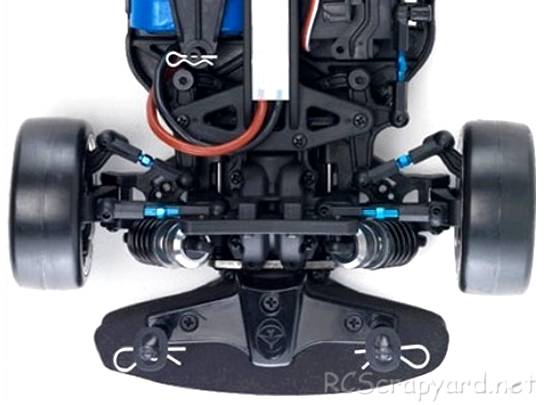
★ Thunder Tiger Sparrowhawk DX II Chassis ★
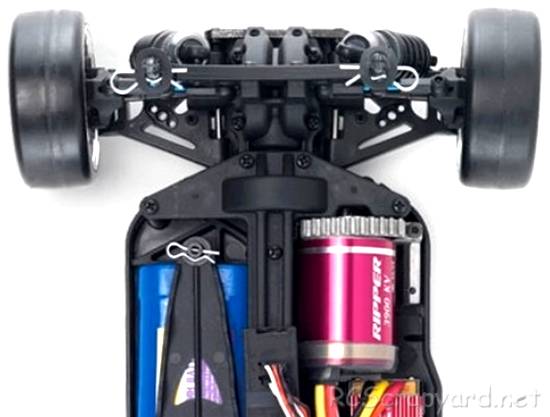
|
Buying a Used Thunder-Tiger Sparrowhawk DX II
|
|
Manufacturers and Brands Catalogued, Listed and Reviewed by RC-Scrapyard.
At present, the RC Model Manufacturers, Brands and Distributors covered by us are: ABC Hobby, Academy, Acme Racing, Agama Racing, Amewi, Ansmann Racing, ARRMA, Team Associated, Atomic RC, Axial, AYK, Bolink, BSD Racing, Capricorn, Carisma, Carson, Caster Racing, Cen, Corally, Custom Works, Durango, Duratrax, ECX - Electrix, Exceed RC, FG Modellsport, FS-Racing, FTX, Fujimi, Gmade, GS-Racing, Harm, HBX, Helion, Heng Long, Himoto Racing, Hirobo, Hitari, Hobao, Hong-Nor, Hot Bodies, HPI, HSP, Intech, Integy, Jamara, JQ Products, Kawada, Kyosho, Losi, LRP, Maisto, Mardave, Marui, Maverick, MCD Racing, Megatech, Mugen, New Bright, Nichimo, Nikko, Nkok, Ofna, Pro-Pulse, Protech, PTI, RC4WD, Redcat Racing, RJ-Speed, Robitronic, Schumacher, Seben, Serpent, Smartech, Sportwerks, Step-Up, Tamiya, Team-C Racing, Team Magic, Thunder Tiger, Tomy, Top Racing, Traxxas, Trinity, Tyco, Vaterra RC, Venom, VRX Racing, WLToys, X-Factory, Xmods, Xpress, Xray, XTM, Yankee RC, Yokomo, ZD Racing and Zipzaps. |
|
Hints, Tips and Information
How to put on Decals
After spending lots of time and effort to paint your bodyshell, you come to the point where you make it look good by putting on all those flashy decals, but before you rush in with the scissors and start cutting, there are a few things you should do first. |
|
Hints, Tips and Information
Radio Frequencies - be Careful be Safe
After buying your first car, it won't be long before you need more than simply bashing around the back yard, or out on the street. So you will be looking around to find a club that is not too far away where you can do some serious racing. |
|
RC Models:
|
Radio & Motors: |
Other
Accessories: |